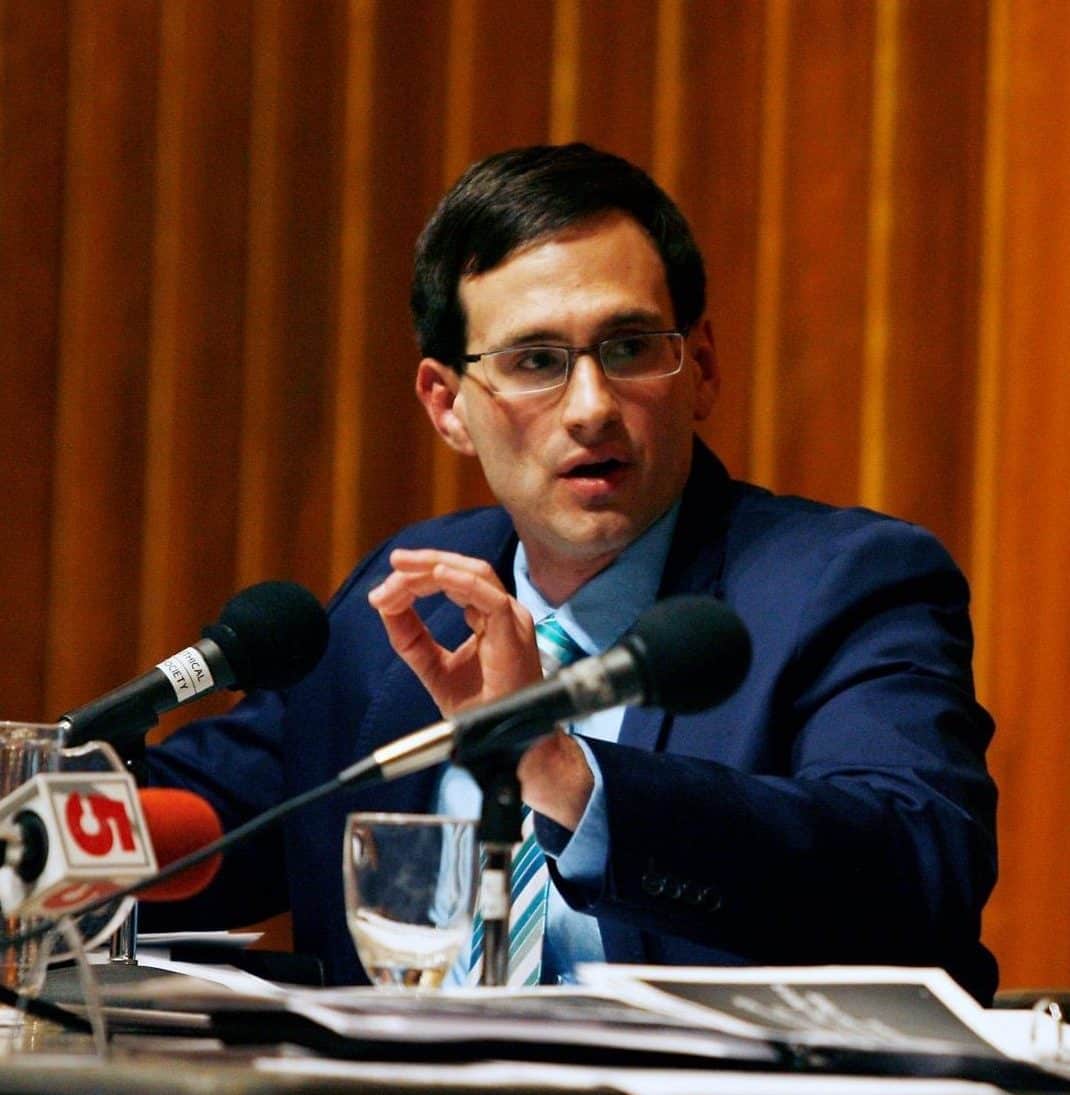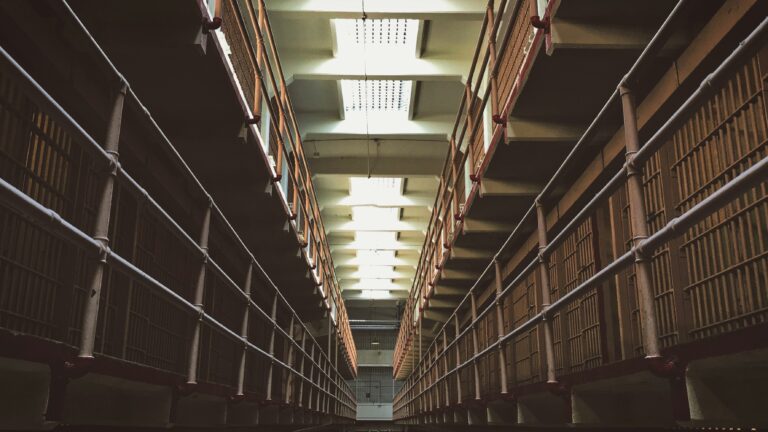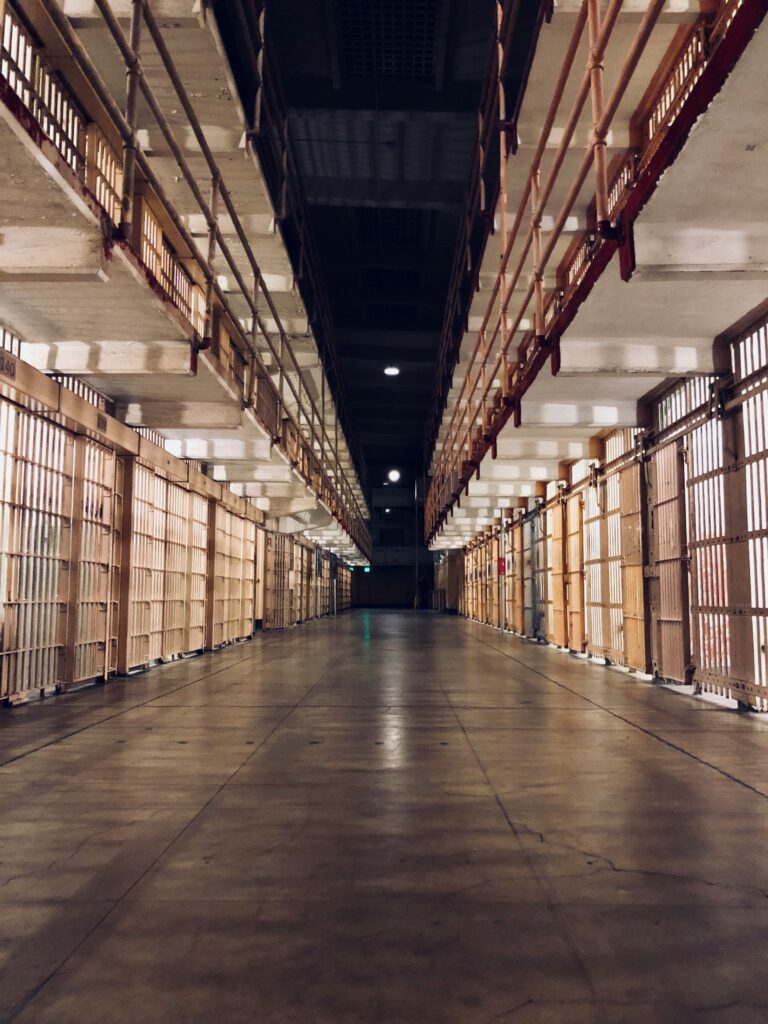From its earliest origins, the War on Drugs was designed to target racial minorities through arrest and incarceration. The War on Drugs was officially launched by Richard Nixon in 1971, but even long before that, laws restricting the use of specific substances were deliberately aimed at one minority or another who were disliked by the dominant culture.
For instance, some of the first laws prohibiting psychoactive substances in the United States were passed in California prohibiting opium, which was popular with Chinese immigrants there. San Francisco passed an ordinance in 1875 making it a misdemeanor to own or visit an opium den. Many cities followed suit, and, by 1881, a statewide ban was enacted.
Alcohol prohibition was fueled by similar ethnic tension. During the late nineteenth and early twentieth century, the United States experienced a tremendous influx of immigrants from Eastern and Southern Europe. These immigrants were far more likely to be Catholic or Jewish instead of Protestants, who had made up the vast majority of the population prior to that.
The dominant white Anglo Saxon Protestants (aka “WASPs”) disapproved of the new immigrants and their lifestyles, which often involved a great deal of social drinking. By prohibiting alcohol, the WASPs could indirectly persecute the Irish, Germans, Jews, Italians, and others who they felt were invading the country.
The pattern repeated once more as local and state governments began to ban cannabis in the early 20th century. Americans, who had used medical cannabis in patent medicines for decades, began to associate the smoking of cannabis flower with the lifestyle of Mexican immigrants. They created laws to restrict what they now called “marijuana” as a way of controlling this new immigrant population.
In 1913, California became the first state to ban cannabis, which likely seems surprising to contemporary readers, but it fits with the fact that the appetite for prohibition was being driven by anti-Mexican sentiment.
Similarly, Utah would pass its own ban the next year after Mormon immigrants to Mexico came back after adapting the local custom of using marijuana. The Church of Latter Day Saints viewed the substance as basically the same as alcohol and pressured the state to outlaw it.
Founding Commissioner of the Bureau of Narcotics Harry Anslinger would use these same arguments in his quest to prohibit pot nationwide. He was a particular enthusiast for the argument that weed would lead white women to consort with black men and even have sex with or become pregnant by them: “Two Negros took a girl fourteen years old and kept her for two days under the influence of hemp. Upon recovery she was found to be suffering from syphilis.”
You can learn more about the story of how marijuana was outlawed in our Short History of Marijuana Prohibition, but suffice it to say that Anslinger’s racist claims succeeded in making cannabis illegal in the United States for multiple generations. But despite the fact that marijuana and many other drugs were illegal in the United States dating back to the 1930’s or even earlier, the War on Drugs would not really begin for several more decades.
Nixon Declares War
On June 17, 1971, President Richard Nixon gathered the press in the White House Briefing Room to announce a major new element of his “law and order” domestic policy:
“I began the meeting by making this statement, which I think needs to be made to the Nation: America’s public enemy number one in the United States is drug abuse. In order to fight and defeat this enemy, it is necessary to wage a new, all-out offensive. I have asked the Congress to provide the legislative authority and the funds to fuel this kind of an offensive. This will be a worldwide offensive dealing with the problems of sources of supply, as well as Americans who may be stationed abroad, wherever they are in the world.”
John Erlichman served as Nixon’s Assistant to the President for Domestic Affairs, and he later admitted that the War on Drugs was not declared because the drugs were really so dangerous. It was about controlling specific groups that the administration considered threats:
“You want to know what this was really all about. The Nixon campaign in 1968, and the Nixon White House after that, had two enemies: the antiwar left and black people. You understand what I’m saying. We knew we couldn’t make it illegal to be either against the war or black, but by getting the public to associate the hippies with marijuana and blacks with heroin, and then criminalizing both heavily, we could disrupt those communities. We could arrest their leaders, raid their homes, break up their meetings, and vilify them night after night on the evening news. Did we know we were lying about the drugs? Of course we did.”
In his “War on Drugs” speech Nixon presented $350 million in federal spending to wage the drug war, and, at the time, this represented a major increase in federal drug enforcement activity. But he also made an open-ended commitment to spend whatever was necessary to win this new war: “I have made it clear to the leaders that if this is not enough, if more can be used…more will be provided. In order to defeat this enemy which is causing such great concern, and correctly so, to so many American families, money will be provided to the extent that it is necessary and to the extent that it will be useful.”
Subsequent administrations would dramatically increase spending on the drug war, and direct an ever greater share of that spending towards enforcement and incarceration rather than medical treatment for people struggling with drug abuse.
Incarceration Nation
As government spending on the drug war at the federal, state, and local levels all spiked in the 1980’s so did the incarceration rate. When Nixon declared the drug war in 1971, the United States incarcerated fewer than 100 inmates for every 100,000 residents of the country. By 1990, that rate had tripled, and in 2006 it surpassed 500 inmates for every 100,000 Americans — a 500 percent increase in less than four decades.
And even these shocking statistics understate the true scope of the issue, as they only include people incarcerated in federal and state prisons. It does not include those in local jails or under other forms of community supervision, such as house arrest, probation, and parole. In 2007, 1,596,800 Americans were incarcerated in federal and state prisons, but another 5,743,100 were in local jails or under house arrest, parole, or probation. In total, nearly one in every forty was either incarcerated or under some type of community supervision.
When compared to other countries, the United States’ incarceration rate jumps out as an extreme outlier. The U.S. currently incarcerates 655 people for every 100,000 residents, which is the highest in the world. The next closest country to the United States is El Salvador with 590 inmates for every 100,000 residents.
When compared to other developed democracies, the difference is even more remarkable. Our neighbor to the north Canada only incarcerates 107 people for every 100,000 residents, less than a sixth of the American rate. The United Kingdom, Spain, France, South Korea, and Italy all incarcerate between 100 and 150 people per 100,000 residents, and Switzerland, Germany, Denmark, Sweden, the Netherlands, Norway, and Finland are between 50 and 100 inmates per 100,000 residents. Even Australia, which was founded as a penal colony, incarcerates 170 people per 100,000 residents — a mere 26 percent of our rate!
The Racial Divide in Incarceration Rates
Given its origins, it should come as no surprise that the brunt of the War on Drugs has fallen upon racial minorities. Moreover, these disparities exist at every level of enforcement. As explained by The Drug Policy Alliance, a leading reform activism organization, in a 2018 memo:
“People of color experience discrimination at every stage of the judicial system and are more likely to be stopped, searched, arrested, convicted, harshly sentenced and saddled with a lifelong criminal record. This is particularly the case for drug law violations. Black people comprise 13 percent of the U.S. population, and are consistently documented by the U.S. government to use drugs at similar rates to people of other races. But, Black people account for 29 percent of those arrested for drug law violations, and nearly 40 percent of those incarcerated in state or federal prison for drug law violations.
Similarly, Latinos make up 18 percent of the U.S. population, but comprise 38 percent of people incarcerated in federal prisons for drug offenses. In 2013, Latinos account for almost half (47 percent) of all cases in federal courts for drug offenses. National level data on arrests of people of Latino ethnicity are incomplete. Yet among drug arrest incidents in 2015 in which ethnicity was reported, more than 20 percent of those arrested were Latino. State and local level data show that Latinos are disproportionately arrested and incarcerated for drug possession violations.”
Explicit or Systemic Racism?
Explicit racism clearly played a major role in creating the laws that have been used to disproportionately incarcerate minorities. However, many factors that have aggravated this disparity were not intentionally meant to target minorities, but just because they were not intentional does not mean that these are not systemic problems.
For instance, one of the most well known examples of racial disparities in our drug laws was the longstanding difference in the federal sentencing guidelines for powder cocaine compared to crack cocaine. The Anti-Drug Abuse Act of 1986 — passed at the height of the crack scare and shortly after the news broke of basketball star Len Bias’s death from a cocaine overdose — imposed sentences for crack 100 times more severe than those for an equivalent amount of powder cocaine. In 2010, Congress passed the Fair Sentencing Act, which reduced the disparity in crack and powder cocaine sentences to 18 times more severe, which is progress, but that large disparity remains.
There is no meaningful chemical difference between crack and powder cocaine, but Black Americans are more likely to use crack than their white counterparts. According to information released by the U.S. Sentencing Commission in 2009, 79 percent of sentenced crack offenders were Black and 10 percent were white. The numbers for powder cocaine 28 percent Black and 17 percent white. On average, federal crack offenders were spending 30 more months behind bars than powder cocaine offenders, leading to a dramatic racial disparity in incarceration rates.
But despite the fact that the law led (in a fairly predictable way) to extremely disproportionate racial incarceration rates, it was not overtly drafted to target Black people in the same way that Erlichman described the War on Drugs. The Anti-Drug Abuse Act of 1986 received overwhelming political support from both political parties and both Black and white members of Congress. Of the 21 members of the Congressional Black Caucus at the time, only four voted against the bill.
Most members of Congress and members of the American public likely did not support this law because they thought it would incarcerate more Black Americans than white Americans. But the law and its enforcement still contribute to an overall system that treats Black Americans far more harshly than whites. Systemic racism does not require malicious intent to perpetuate itself (but it certainly can make it even worse).
Where Do We Go from Here?
Thankfully, incarceration rates in the United States have been falling for the past decade. Criminal justice reform has become broadly popular, with support coming from across political parties and ideologies, so we have started to unwind some of the most damaging laws from the 1980’s and 90’s.
Eleven states have legalized the recreational use of marijuana, and these reforms provide a template for how we can further reform our drug laws. States should take the lead and begin experimenting with the legalization or at least criminalization of the possession and use of other drugs, as has been successful in countries such as Portugal.
We should have learned by now that no one should be incarcerated because of a drug problem. Drug abuse should not be a criminal justice issue, but a medical one. Shifting to a model that deemphasizes punishment and incarceration and focuses more on providing resources for people struggling with drug abuse to stabilize their lives would dramatically reduce incarceration rates for Americans of all races.
Additional Readings
The Weed Blog is a comprehensive source to find reviews of specific top strains of cannabis and online news resources regarding the legalization of marijuana. We are committed to helping you find valuable information about cannabis on our website. With marijuana law constantly changing, learn about the latest legislation from our website and what you can do to help. Otherwise, consider these other entertaining articles regarding cannabis:
20 Chill Quotes about Cannabis
Big Wins for Cannabis and Drug Law Reform in the 2020 Election









